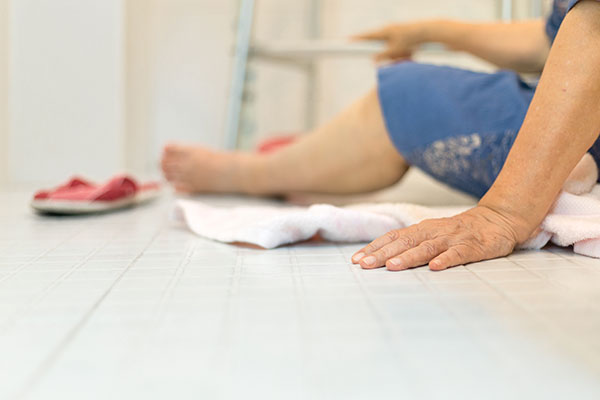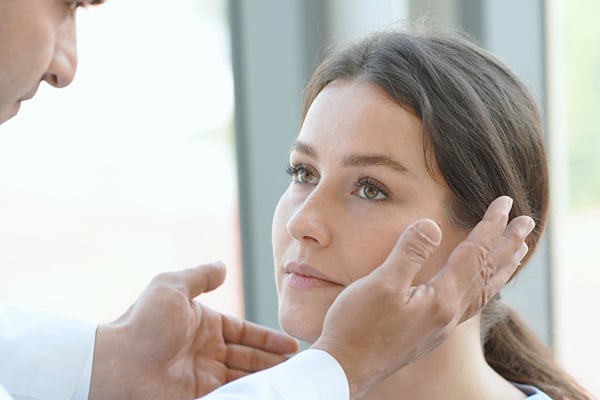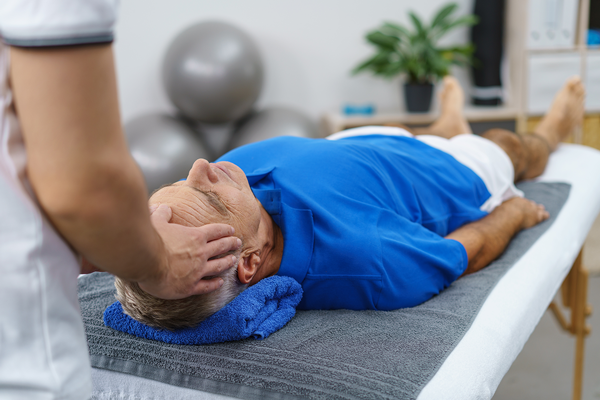
Don’t fall this Fall! Find out if you or a loved one is at risk with these five questions and two simple tests.
As many as one-third of older adults fall at least once a year. These falls often have unfortunate consequences, like fractures or head injuries, which can lead to an increased burden on caregivers and healthcare costs. Even just the fear of falling again can make people restrict their activities thinking that they are reducing their risk, but the resulting deconditioning may actually increase fall risk.
There are many tests available for determining fall risk, however because falls depend on many different factors, no single test is the ‘gold standard’. Research published in the Journal of Geriatric Physical Therapy in early 20171 combined the findings of multiple studies of fall-risk in community-living adults over the age of 65 to determine what best predicts future falls. They found that the answers to five questions and performance on two simple screening tests helped to identify those who should have a more comprehensive fall-risk assessment by a medical professional.
- Have you had a fall in the past?
- Are you concerned that you might fall?
- Do you routinely use a cane or walker?
- Do you need assistance performing any of your activities of daily living?
- Are you taking any psychotropic medication?
- Any medication capable of affecting the mind, emotions or behavior, i.e. sleeping pills, antidepressants, some dementia/Alzheimer’s medications, etc.

A ‘yes’ answer to any of the above suggests that a more in-depth evaluation of fall risk would be beneficial. Additionally, the following two tests appear to be reliable screens of who should have a fall risk evaluation and treatment to reduce their risk:
- Can you stand on one foot with eyes open for >6.5 seconds?
- Is your normal walking speed <1m/s?
- This can be determined by measuring out a 20-foot span, with a 5-foot distance before and after (for getting up to normal walking speed and slowing down at the end) and seeing if it takes longer than 6 seconds to walk through the 20 foot span. Start timing when the first foot enters the 20-foot span and stop timing with the last foot leaves the span.
People with vestibular disorders (dizziness and balance disorders related to the inner ear or its connections within the brain) are also at increased risk of falling. No matter what has you or your loved one off-balance, the vestibular therapists at Lifemark clinics coast-to-coast have many ways of measuring fall risk and working with people to improve balance and reduce risk of falling.
For more information or to find a therapist near you visit www.lifemark.ca/services/dizziness-balance
Click here to watch a series of videos on the vestibular system, the most common causes of vertigo, dizziness and balance issues, and how to find relief: http://bit.ly/2A0V3k1







